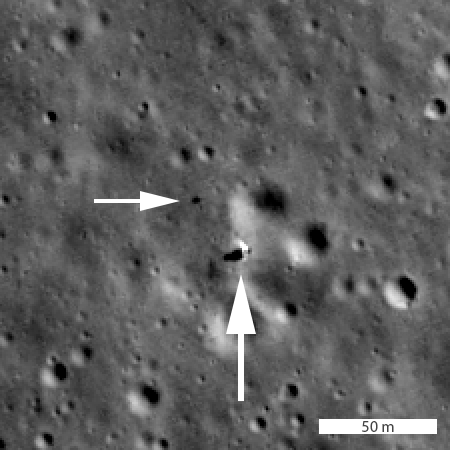Dragon successfully docks with ISS
Capitalism in space: SpaceX’s Dragon capsule, designed to carry humans to space, has successfully docked for the first time at ISS.
The flight really has only one major task left, which it to return safely to Earth, which presently is scheduled for 8:45 am (eastern) on March 7. I expect that to go smoothly as well.
NASA and SpaceX will of course need to review all the test data from this unmanned test flight before okaying a manned flight. SpaceX also needs to first do a launch abort test, using this capsule. However, I do not expect either to result in any issues that should prevent a manned launch in July, as SpaceX presently plans.
NASA however might think differently. There have been strong factions within its management and bureaucracy that are hostile to this effort, and have been working to stall or stop it.
Capitalism in space: SpaceX’s Dragon capsule, designed to carry humans to space, has successfully docked for the first time at ISS.
The flight really has only one major task left, which it to return safely to Earth, which presently is scheduled for 8:45 am (eastern) on March 7. I expect that to go smoothly as well.
NASA and SpaceX will of course need to review all the test data from this unmanned test flight before okaying a manned flight. SpaceX also needs to first do a launch abort test, using this capsule. However, I do not expect either to result in any issues that should prevent a manned launch in July, as SpaceX presently plans.
NASA however might think differently. There have been strong factions within its management and bureaucracy that are hostile to this effort, and have been working to stall or stop it.

